September is National Suicide Prevention Month with National Suicide Prevention Week September 6-12 and World Suicide Prevention Day on September 10. This is a month to bring awareness to suicide prevention, mental health, and to educate the public about the growing public health crisis that is now the 9th leading cause of death in the U.S.
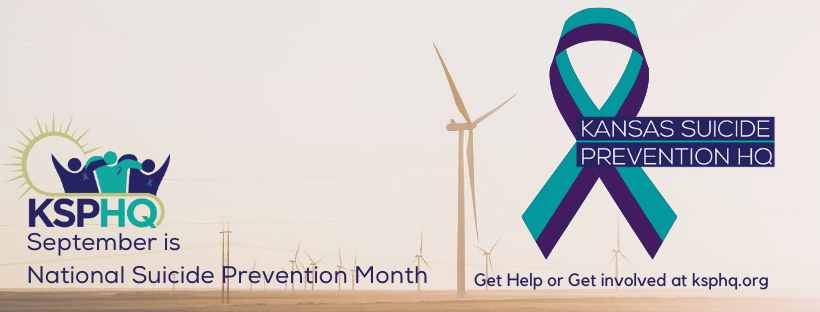
This month, we invite you to do #10things4NSPM (and share them with us using that hashtag). This list is composed of 10 actionable suggestions that you can do to advance suicide prevention efforts in Kansas and across the country.
1. Learn the Warning Signs of Suicide
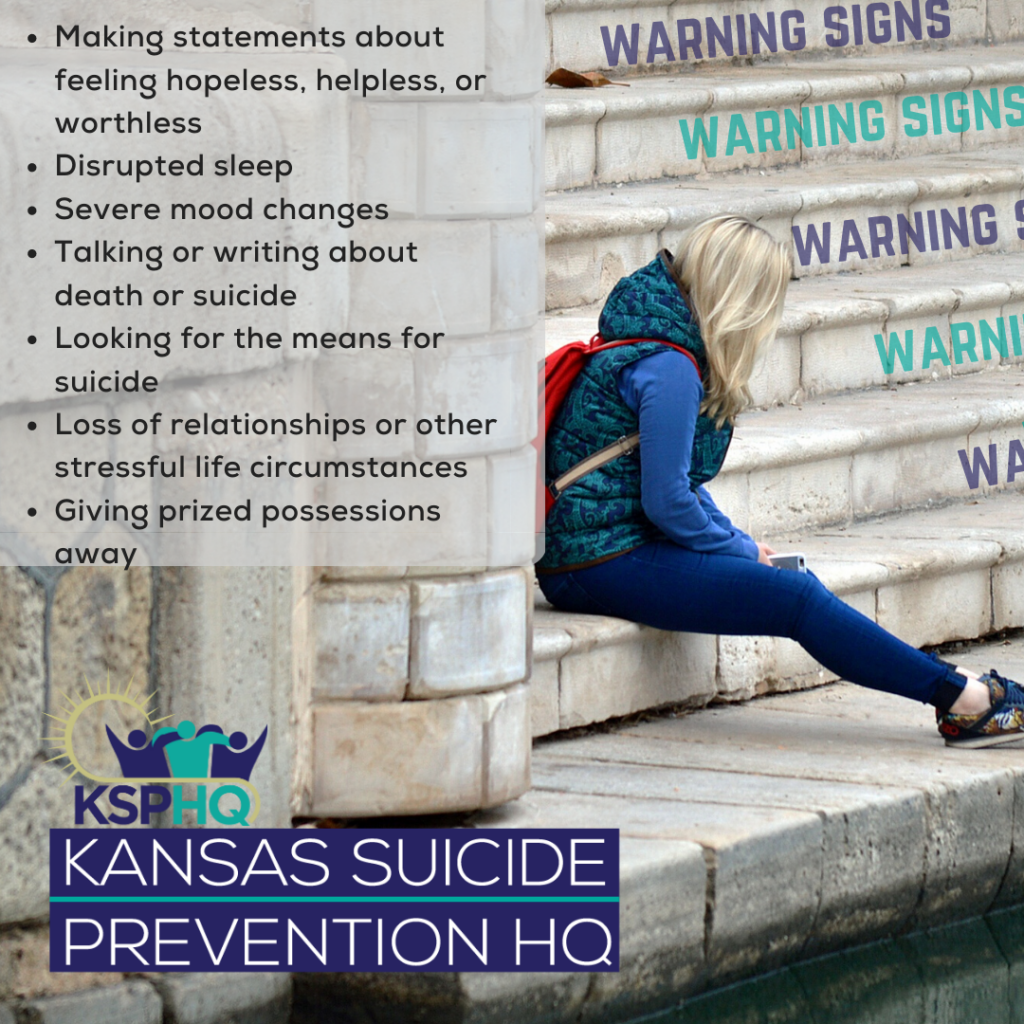
Most people who attempt or die of suicide display warning signs. These warning signs, though sometimes subtle, are a chance for you to talk to them about how they’re feeling ask how you can help, and intervene. They include but may not be limited to:
- Talking or writing about suicide
- Has a plan
- Expressing hopelessness about the future
- Making preparations for suicide (giving away belongings, writing a suicide note, looking for means to attempt suicide, googling how to kill oneself)
- Unusual fatigue/more energy
- Lack of concentration
- Changes in hygiene
- Increasing use of alcohol, drugs or other risky behavior
- Increasingly agitated, anxious, sad, angry
- Withdrawing from social activities
- Spending more time alone or isolating
- Experience of loss
- Academic problems
If you spot these warning signs or any behavior that worries you that someone might be thinking about killing themselves, ask directly: “Are you thinking about suicide?” By asking directly, you’re opening yourself up as a safe space and demonstrating that you’re willing to have the conversation. If they answer yes, click here to read our article on how you can “BeThe1To” provide support and help them stay safe.
2. Talk to teens about Safety Planning

A safety plan is something you can do with your kids, a friend, or for yourself. It can be written, click here to download our template, or you can download the My3 app on any device. It’s planning for a mental health crisis. Its sort of like a mental health seat belt: we hope it’s never needed, but we take the time and attention to use it anyway.
Click here to read more about safety planning and download your own Safety Plan worksheet.
3. Check-in with your spouse or partner
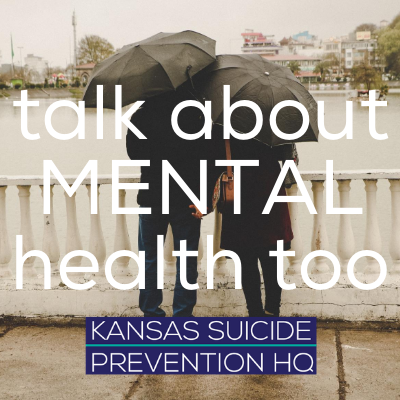
We do it all the time: “how was your day, how was work, how was your drive,” or “how did you sleep?” Do a mental health check in too. “How are you feeling?” Mental health can feel difficult to discuss, but try keeping the dialogue open. When you see happiness, talk about it; when you see that your partner is sad, talk about that too. Talk about how your feelings and other stress factors in your life affect your mental health.
4. Self Care

Self care might be the one of the most important things you can do. Taking care of yourself is the first step to supporting others. Self care techniques are as unique as we are. It never looks the same to everyone. For some people, it might be physical activity and for others, it might look like a floofy blanket and a nap. Be open to trying new techniques, but remain open to what works best for you.
- Yoga
- getting a massage
- reading a book
- taking a bath
- catching up with friends
- going for a run or bike
- binging your favorite show on TV
- spending time with your pet(s)
- cooking or baking
- volunteering
- taking a drive
- focusing on a hobby
- working out
- taking a nap
If you’re not sure how to self care, we’ve found a (slightly irreverent) interactive start for self-care, “You Feel Like $#!*, an interactive self-care guide.”
5. Share a social media post about #SuicidePrevention
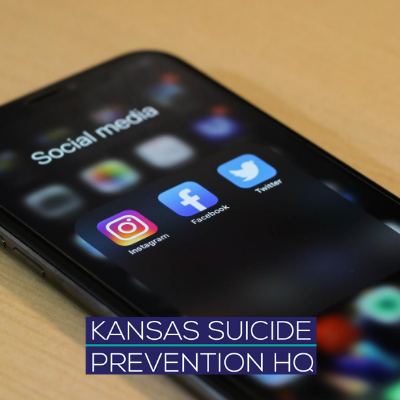
Suicide Prevention starts with awareness. Every post, every mention of suicide prevention chips away at the stigma that surrounds mental health and suicide. By posting you’re showing that you care about the issue, it’s importance as the 9th leading cause of death, and sharing with your friends that you’re a safe space for talking about mental health–you may even #BeThe1To support someone close to you.
Share messages of hope, resilience, and resources to let others know that they aren’t alone and that they can get help. It can be a post share, RT, or sharing your own story.
Make sure you share the resource: KSPHQ’s phone number, 785-841-2345, the Lifeline, 1-800-273-8255, our website, ksphq.org, online chat portal, crisischat.org, or tag KSPHQ in your post. This ensures that anyone can get help if they’re feeling like they need to talk.
6. Check-in with a friend
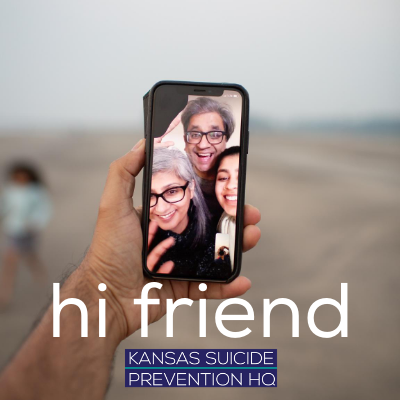
Especially in this time of social distancing, check in with a friend. Maybe you want to reach out for support, or you’ve noticed that they’re not doing so well. Maybe it’s just been a bit since you chatted. Have a picnic in the park with them; FaceTime, Google Hangout, or Zoom them.
Ask them if they’re comfortable talking to you about how you feel, help them understand how they can support you. Ask them if they can be one of the people you reach out to as part of your safety plan.
If you’re concerned about them, tell them why; what you’ve observed. Tell them that you care for them and that you want to support them. Remind them that they are valued, loved, and that their feelings are valid.
7. Donate

Kansas Suicide Prevention HQ relies on the kindness of strangers to share education, support, and crisis services across the whole state of Kansas. By giving, your donation allows a call to the National Suicide Prevention Lifeline from someone in Kansas to be answered. You put awareness materials in the hands of educators, teens, parents, and everyday people who want to support others. You give suicide prevention training to thousands, and you help train volunteer counselors to answer calls, over 20,000 per year. You save lives.
The Lifeline estimates that each call costs local centers like KSPHQ about $25 per call. Will you make a donation to answer one of them? Two? Ten? You may be helping to fund a call from someone you love. Click here to donate.
8. Create a Fundraiser
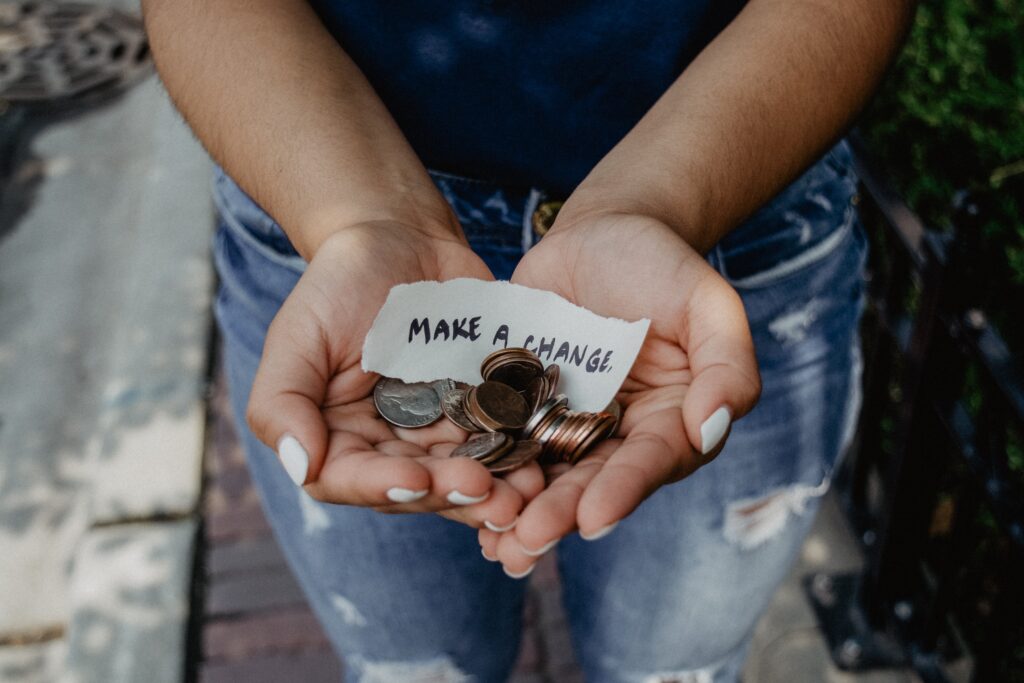
Too frequently we think we have to do spectacular things. Yet if we remember that the sea is actually made up of drops of water and each drop counts, each one of us can do our little bit where we are. Those little bits can come together and almost overwhelm the world. Each one of us can be an oasis of peace.
–Desmond Tutu
Start a Facebook Fundraiser, sell baked goods, host a garage sale, sell crafts on Etsy or things around your house on Ebay. Maybe you can only give $20, but maybe you know 20 more people who can also give $20. It adds up to helping a lot of people.
9. Start conversations with kids
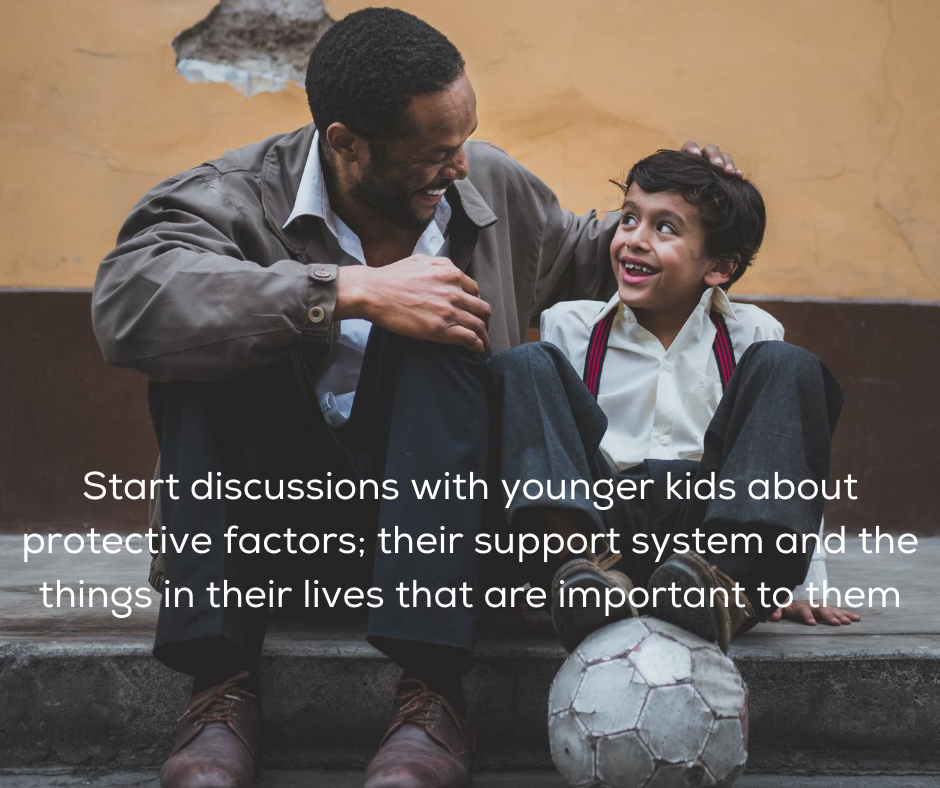
Some may feel that their kids, grand kids, nieces, or nephews are too young to start conversation about suicide prevention. You can, however, start having conversations about feelings, their support system and protective factors. Protective factors are things that can lessen the potential of risk factors leading to suicidal thoughts or behaviors (i.e., faith, hobbies, friends, family, emotional and mental health support, safe adults, etc.). Asking kids about who they want to talk to when they feel sad, what activities make them feel happy, or even check-in about how they’re feeling, lay the groundwork for future conversation when they’re older.
Talk to them openly about how you feel. When adults model vulnerability, it helps normalize difficult emotions, experiences and may encourage them to do the same. Let them know that their feelings are valid, and help them find an outlet for expressing their emotions.
Check out this article by HQ counselor Kalli on talking to kids about their feelings and suicide prevention.
10. Join us!
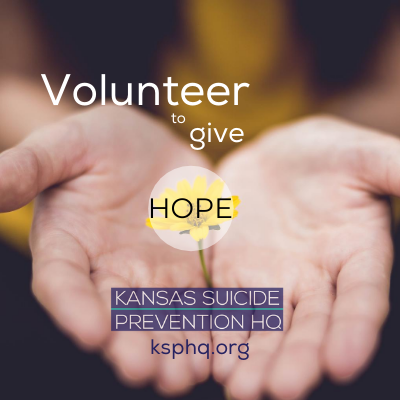
There are tons of ways for you to get involved and help others at KSPHQ. Become a volunteer counselor at KSPHQ. Volunteer your time as a member of the Board of Directors. If you don’t live close to Lawrence, you can even join the Crisis Text Line. Click any of those links to see how you can get involved.
